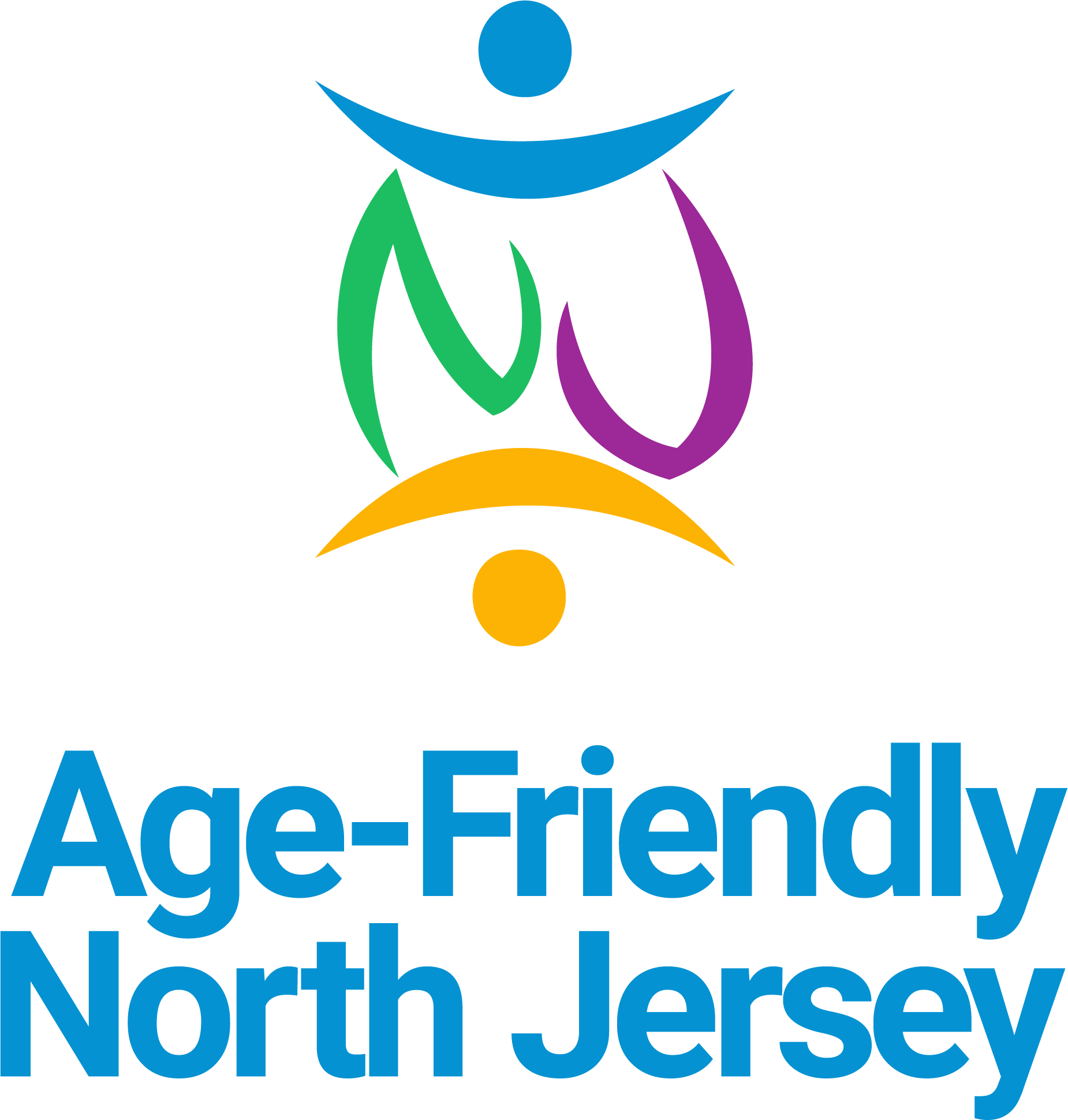Progress within a social movement can be hard to measure, but the age-friendly community initiatives in northern New Jersey were formed with the idea that changes should be evaluated as they’re undertaken and strategies tested as they’re tried.
In keeping with that philosophy, the Age-Friendly Research Team at the Rutgers University School of Social Work Hub for Aging Collaboration has closely tracked the work of the eight original community initiatives in the Age-Friendly North Jersey regional alliance.
A newly published report titled “Age-Friendly Community Initiatives in Their Maturity; Insights on Accomplishments and Sustainability” examines the evolution and impact of those projects since their launch in 2016.
Accomplishments identified in the study range from the development of more inclusive community programs to the advancing of age-friendly infrastructure upgrades to the hiring of new municipal staff focused on aging.
In interviews with 26 core team leaders and stakeholders of the eight initiatives, the researchers asked each about their current project status and future plans, among other topics.
Some of the most prevalent successes cited were the development of new and enhanced programs and services that were either directly developed by the age-friendly initiatives or created as a result of the project’s advocacy or influence. Examples included community fairs, healthy cooking classes, health promotion programs, and benefits workshops.
“What was most striking about this finding,” said Dr. Emily A. Greenfield–lead author of the report, “was the range of places in which this expanded programming took place–libraries, municipal buildings, nonprofit organizations, community centers, senior centers, housing communities, faith-based facilities, and more. It is a great example of how these initiatives are spreading an aging lens through tentacles that reach deep and wide across a community, going well beyond any one singular community organization.”
Leaders of five of the eight initiatives said their age-friendly advocacy also had led to the hiring of new professional staff whose job duties include work on behalf of older populations. A sixth initiative’s leaders said plans for such a new municipal hire were in progress.
Improvements to communities’ physical environments was another area of concrete age-friendly change identified in the study. Nearly all eight initiatives described a wide variety of infrastructure upgrades in their towns over the seven-year span, such as repaired sidewalks, installation of benches along walking routes, additions of age-friendly amenities to public parks, and updates to land-use laws that allow for the construction of accessory-dwelling units or other age-friendly housing.
While program and infrastructure enhancements can be the more visible signs of positive age-friendly change in a community, the study’s authors noted that the stakeholders also listed many intangible benefits that point to how their community’s social fabric had changed since age-friendly work began. Examples included more intentional partnerships, elevated consciousness about aging, and stronger champions for aging issues.
One study participant noted that people’s views on aging changed from a focus on “little one-off” events and programs to awareness of aging becoming “just part of the thread of society.”
In addition to analyzing accomplishments, the Rutgers research team evaluated the current status and sustainability of the eight community projects. Three of the projects were classified as stable, four as evolving and one as discontinued.
The report examines the successes and hurdles of the different pathways that leaders have taken in trying to maintain their age-friendly community projects, with researchers noting that accomplishments and sustainability often go hand-in-hand.
“This is especially true for some of the more recent achievements identified by core team leaders, such as new positions in municipal governments and changing norms for aging within a community,” the authors wrote. “These achievements build on years of incremental work by the AFC initiatives, indicating the imperative of time for these initiatives to develop and operate.”
In other words, age-friendly projects that achieve greater longevity have more potential to log greater achievements.
“This report is of value to community leaders in the early stages of launching age-friendly projects, as well as to those who have been involved for some time,” Greenfield said. “The insights can serve as a guide for initiating, measuring, and sustaining meaningful community progress. We hope they will inspire even more investment in creating a better future for aging in New Jersey through innovative, community-focused approaches.”

